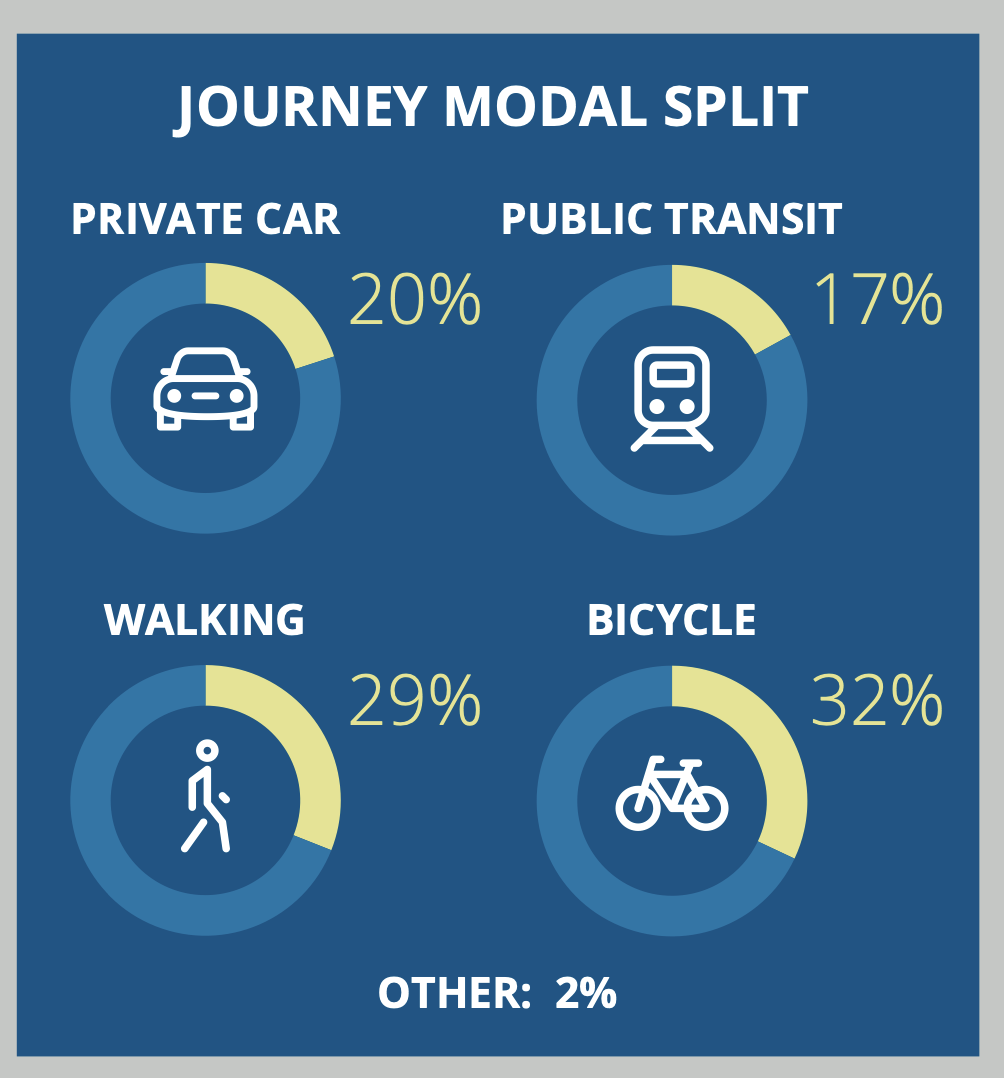Back in 2014, the city invited residents to look into the future for what was then called the “Seattle 2035” Comprehensive Plan. At meetings like this one in West Seattle, people talked about options for steering growth, particularly whether to keep focusing it in “urban villages”/”urban centers” like The Junction. Now, eight and a half years later, a similar discussion is under way, and the city this time is collecting feedback for a “major update” now called the “One Seattle Comprehensive Plan“ and now expected to look 20 years into the future. A West Seattle community meeting is planned for Thursday night (December 8), in-person at South Seattle College (6000 16th SW; WSB sponsor). This time some very specific alternatives are being proposed, starting with “growth strategy” that would result in zoning changes. In addition to studying “no change,” the city is studying four “potential growth models”:
These are being studied for an Environmental Impact Statement due next year. Other topics for discussion are laid out in this pre-meeting document, where you’ll also find the “potential growth models” graphics shown above. Those additional topics include anti-displacement strategies; the document include this map showing two areas of West Seattle considered “high risk” for displacement:
Also up for discussion per the document – parks/open space, climate, equity, transportation, and economic development. The plan is meant to span the next 20 years. More background on the plan update is here; the Thursday meeting is scheduled for 6-8 pm at SSC’s Brockey Center (here’s a campus map). If you can’t be there, you’ll find online opportunities to comment here.




 Seattle has more car owners per capita than Los Angeles, which is the car center of the universe:
Seattle has more car owners per capita than Los Angeles, which is the car center of the universe:
| 29 COMMENTS